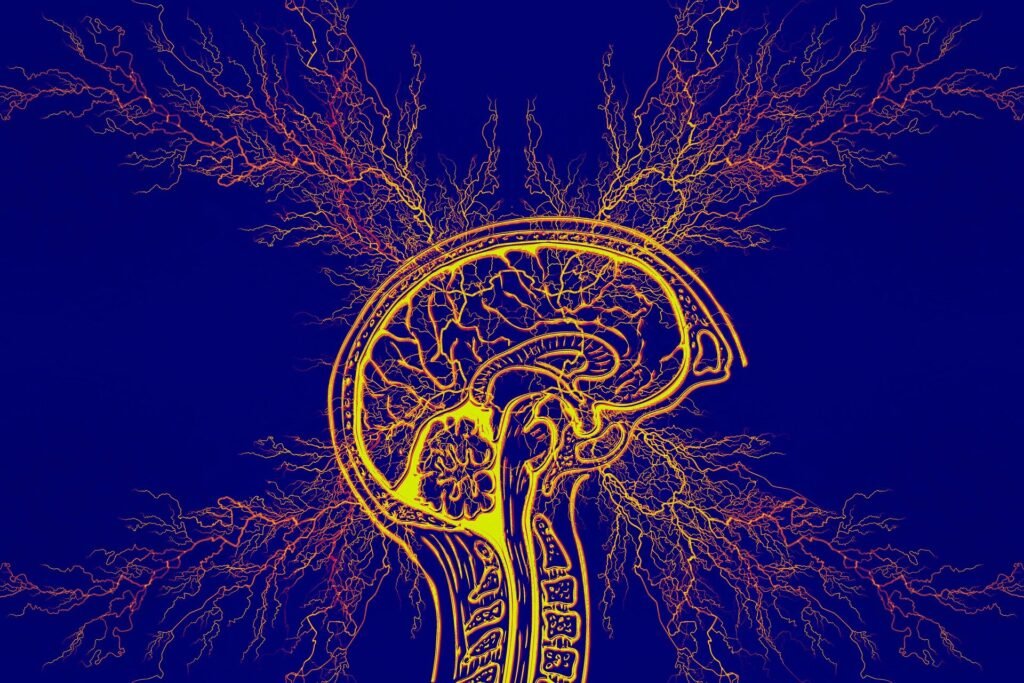These studies have generally found that seizure action plans can reduce emergency department visits and hospitalizations among people with epilepsy, suggesting that they may be a valuable tool in managing the condition.
Creating a personalized seizure action plan
When creating a seizure action plan, it’s important to consider the individual needs and preferences of the person with epilepsy. Some key components that may be included in a seizure action plan are:
- Emergency contact information
- Details about the person’s seizure history, including seizure type and frequency
- Information on the person’s current medications and dosages
- Instructions on what to do in case of a seizure, including when to administer rescue medications or call emergency services
- Triggers to avoid
- Information on how to provide support and assistance during and after a seizure
It’s also important to regularly review and update the seizure action plan as needed, especially if there are changes in the person’s seizure patterns or treatment plan.
Benefits of having a seizure action plan
Having a personalized seizure action plan can provide peace of mind for both the person with epilepsy and their caregivers. It can help ensure that everyone knows what to do in case of a seizure emergency, which can reduce anxiety and improve outcomes. In addition, a seizure action plan can facilitate communication between the person with epilepsy, their healthcare providers, and other individuals involved in their care.
Overall, creating and implementing a seizure action plan can be a valuable step in managing epilepsy and promoting safety and well-being for those living with the condition.
“They were better able to recognize their child’s seizure type, understand when to seek emergency care, and feel more confident in managing their child’s epilepsy at home,” Neville added. “This increased knowledge and confidence can lead to better outcomes for children with epilepsy.”
The study also found that families who received a seizure action plan were more likely to follow up with clinic appointments and adhere to medication schedules. This suggests that the educational component of seizure action plans can have a positive impact on overall health outcomes for children with epilepsy.
Overall, the evidence suggests that while seizure action plans may not directly reduce emergency department visits or hospitalizations, they play a crucial role in educating families and caregivers about epilepsy. By increasing knowledge, confidence, and adherence to treatment plans, seizure action plans can improve the quality of care for children with epilepsy and ultimately lead to better outcomes.
As research continues to explore the impact of seizure action plans, it is clear that their value lies not only in reducing healthcare utilization but also in empowering families to manage epilepsy effectively. By providing education, guidance, and support, seizure action plans can make a significant difference in the lives of children with epilepsy and their families.


